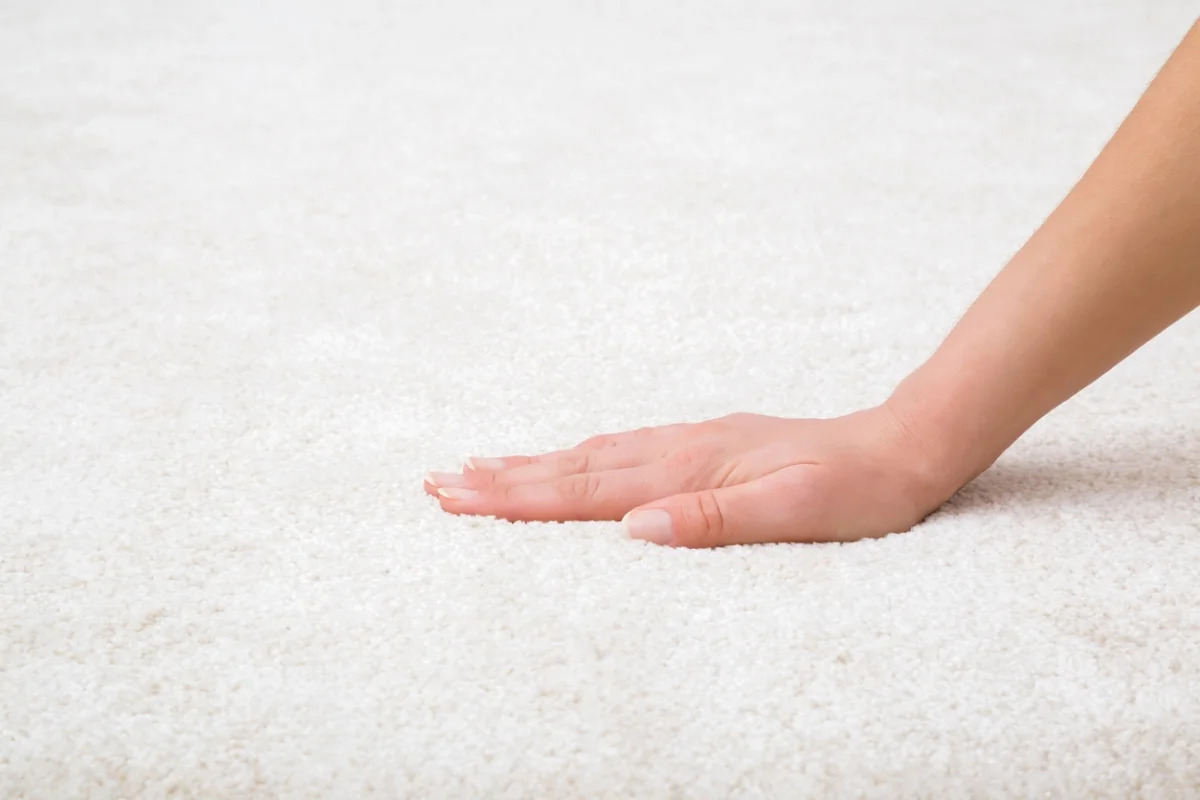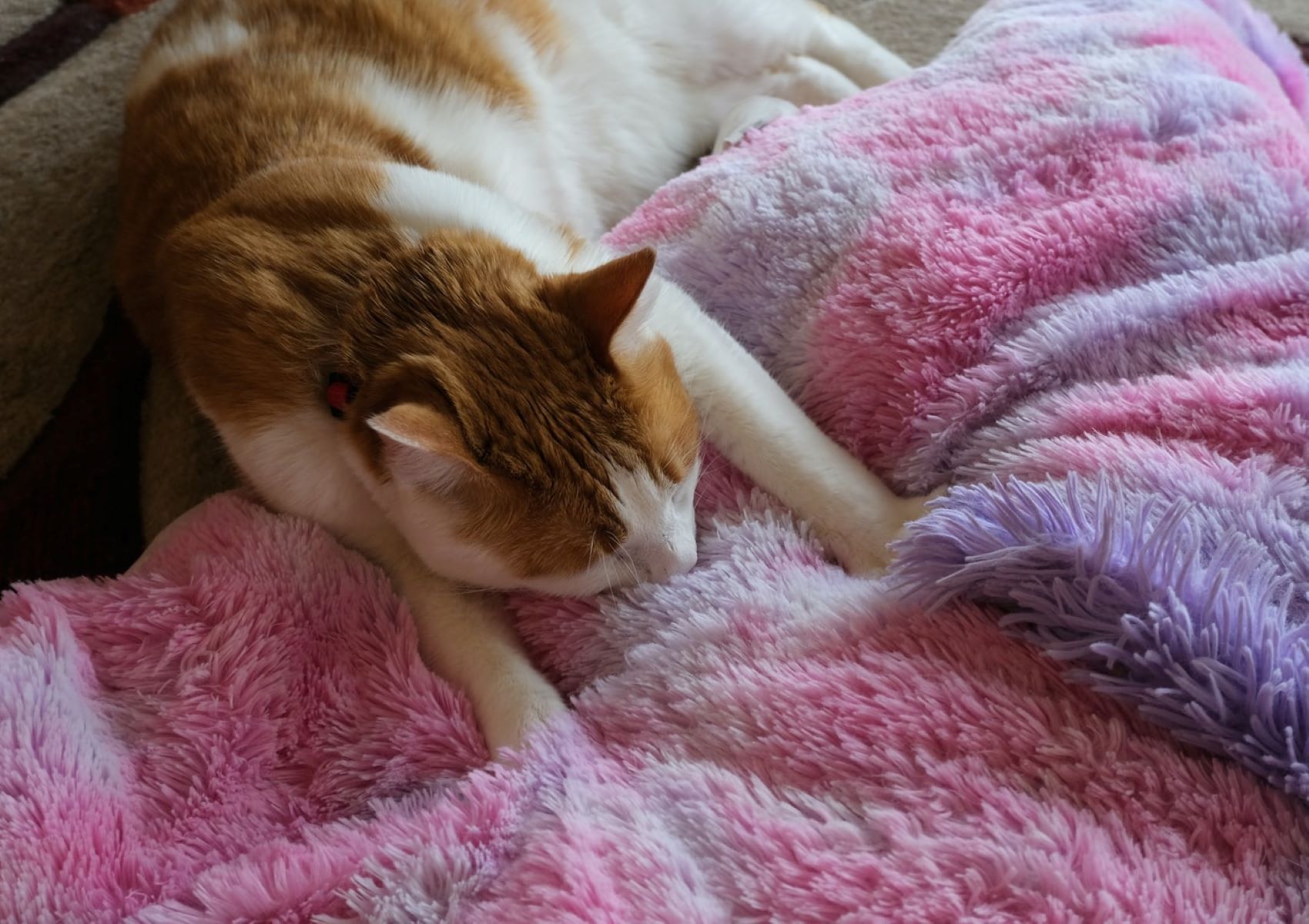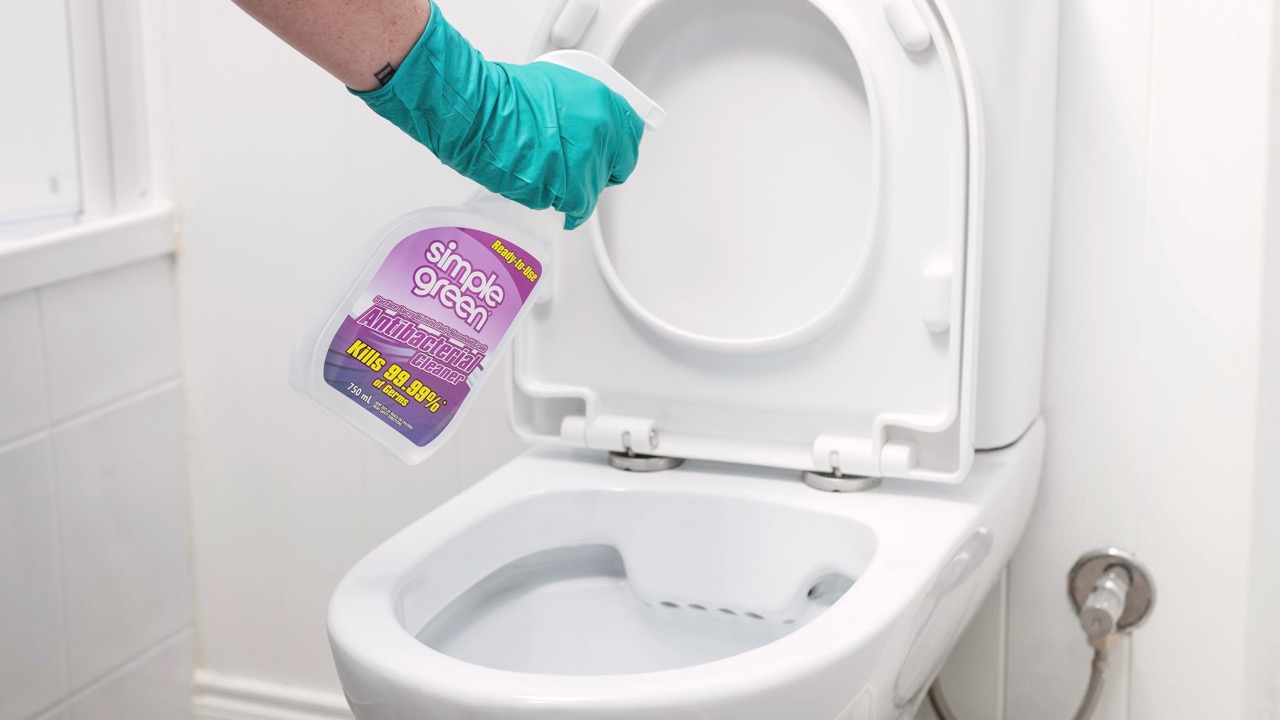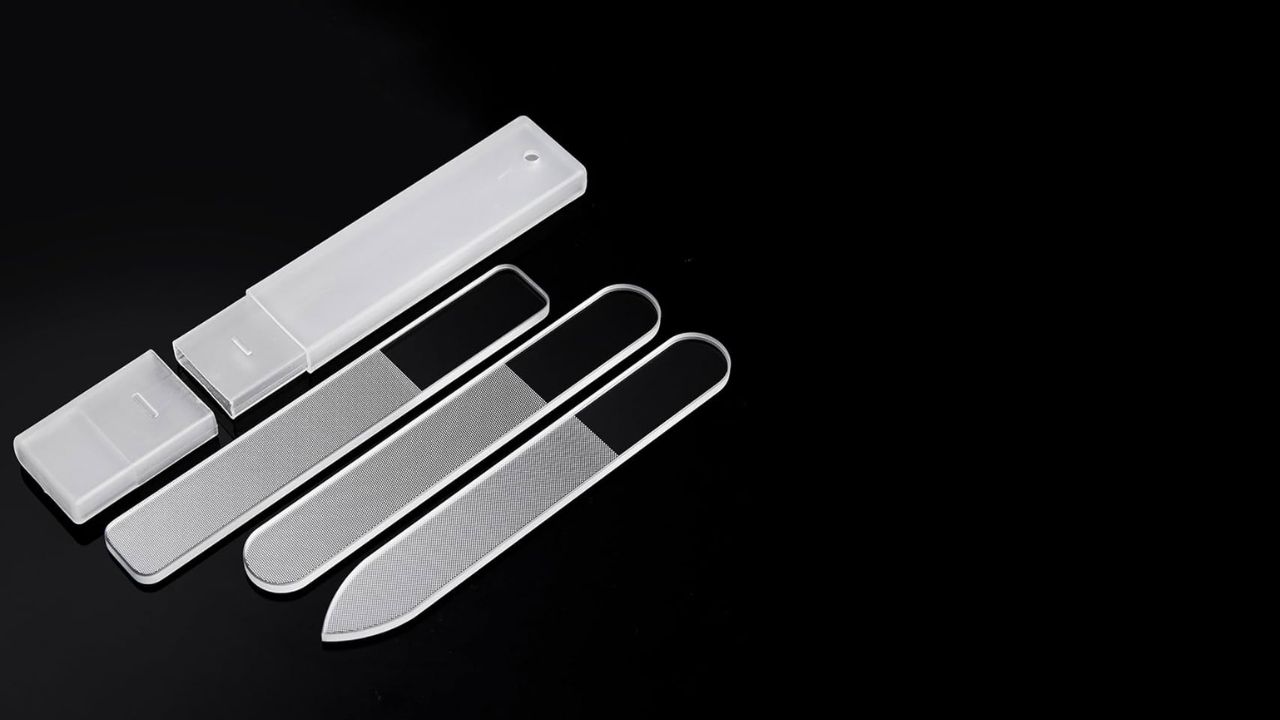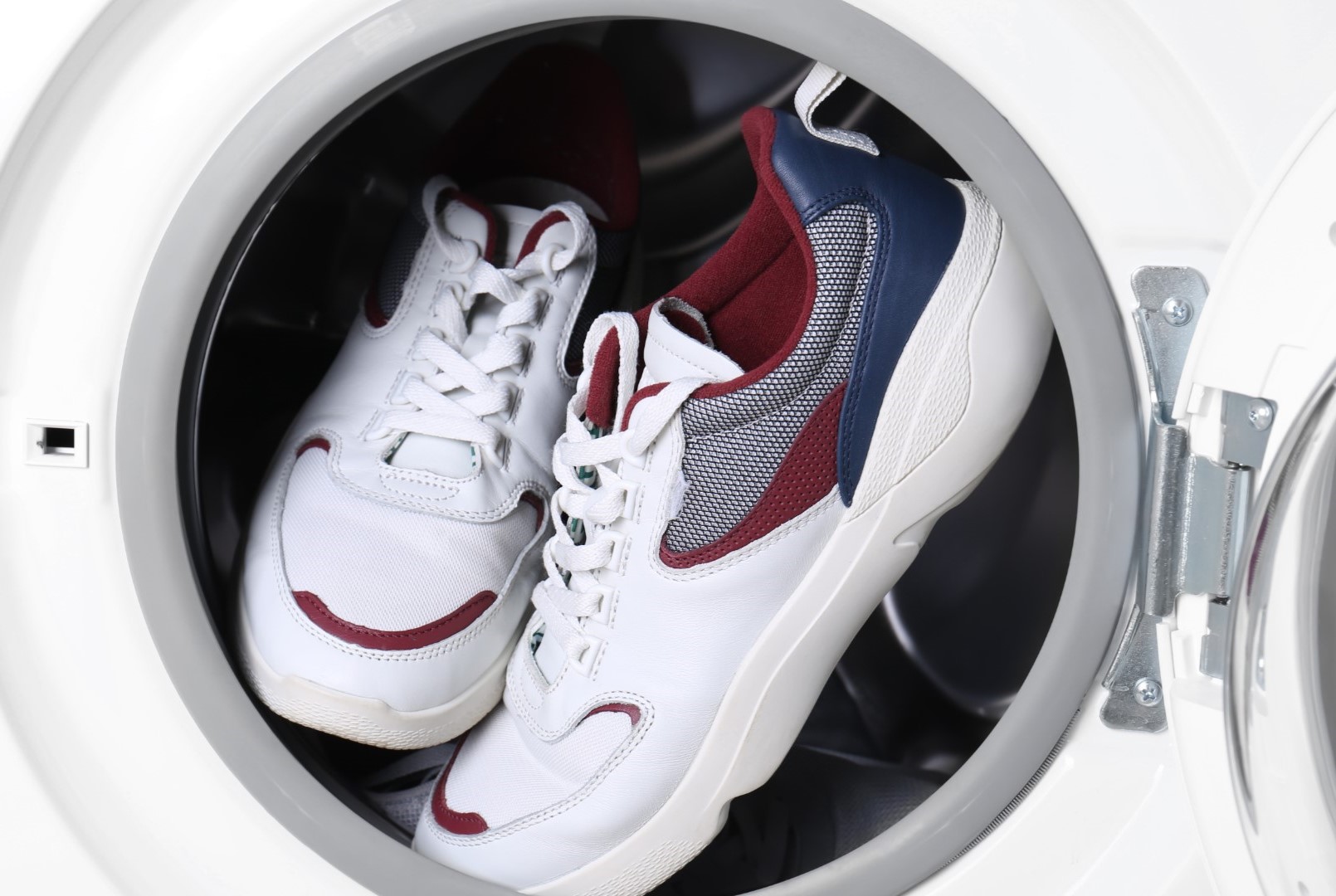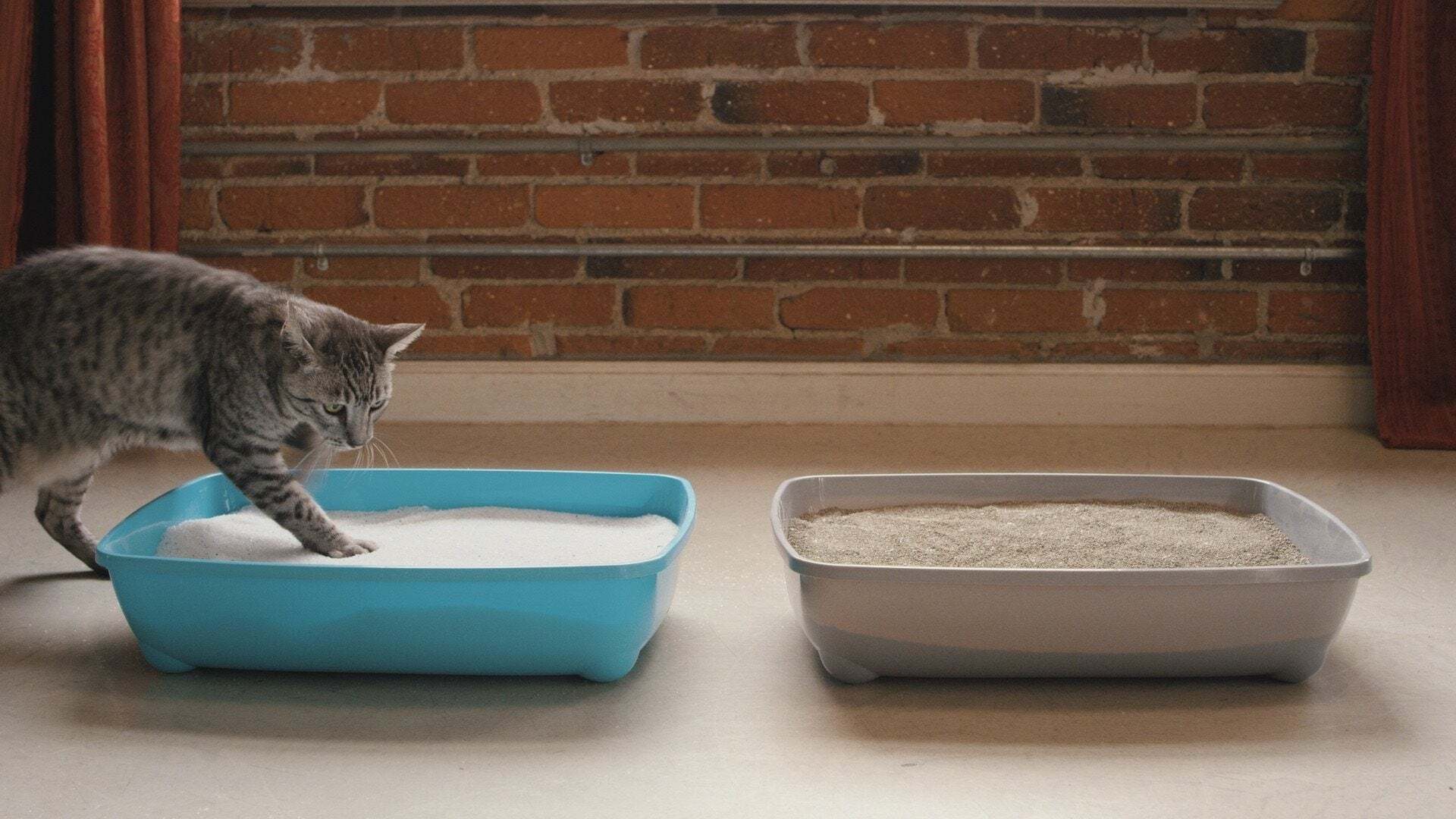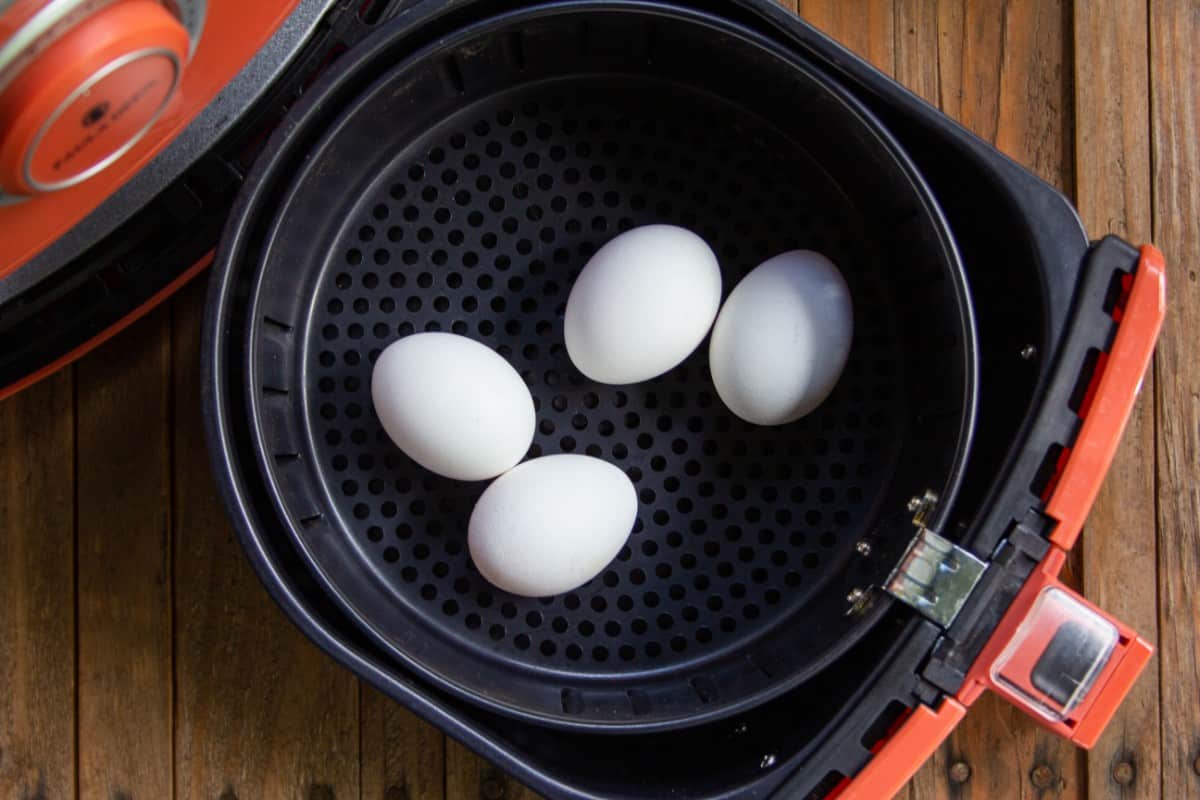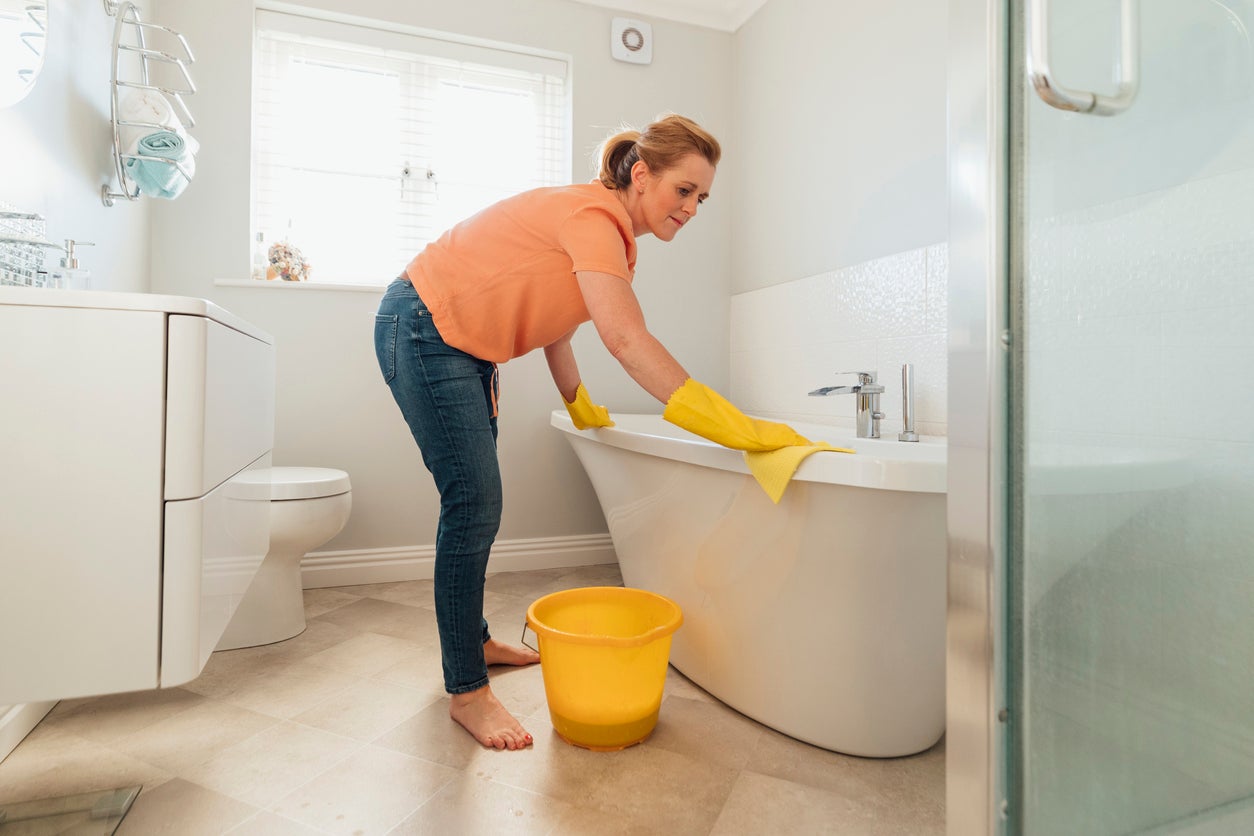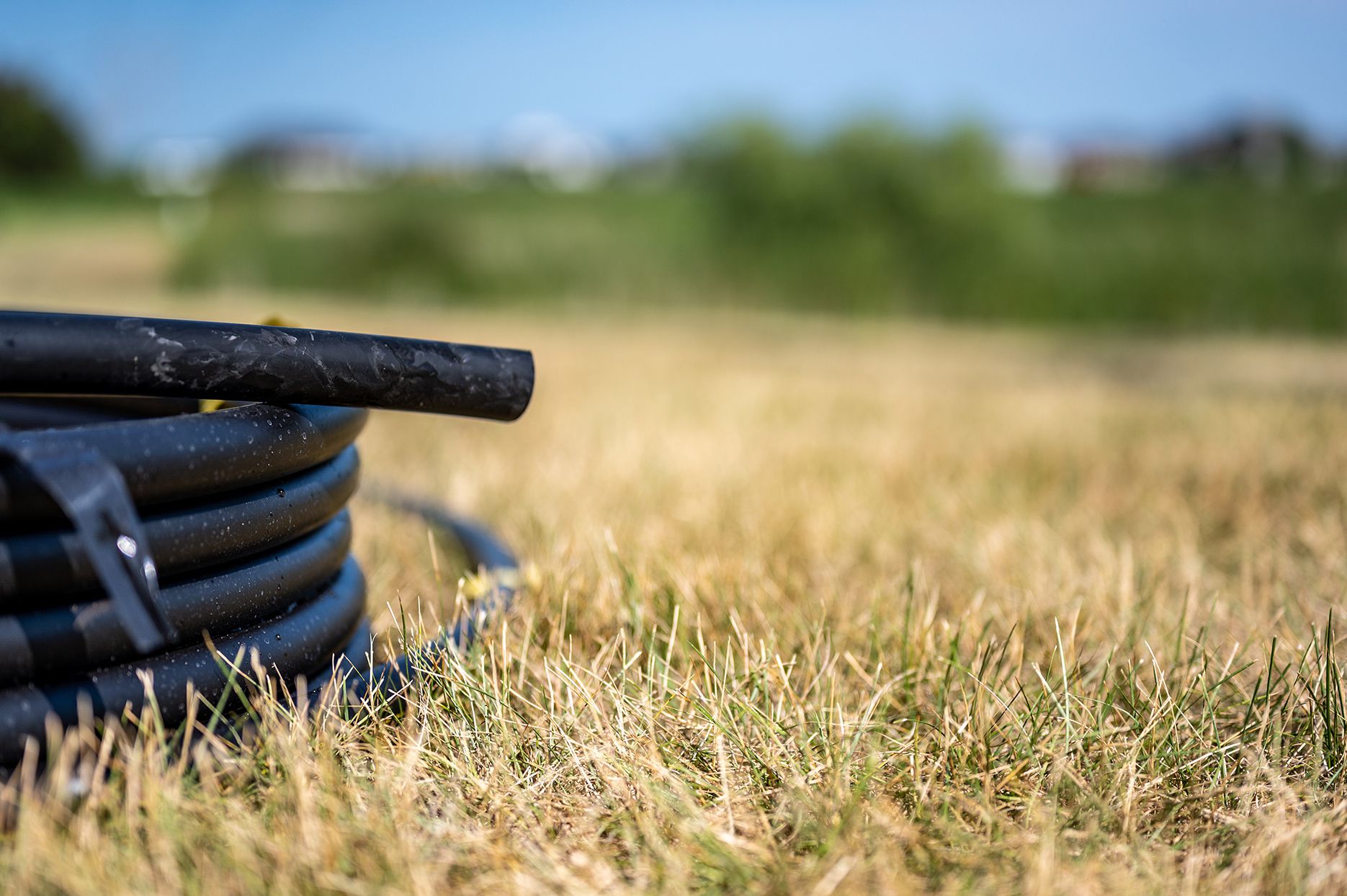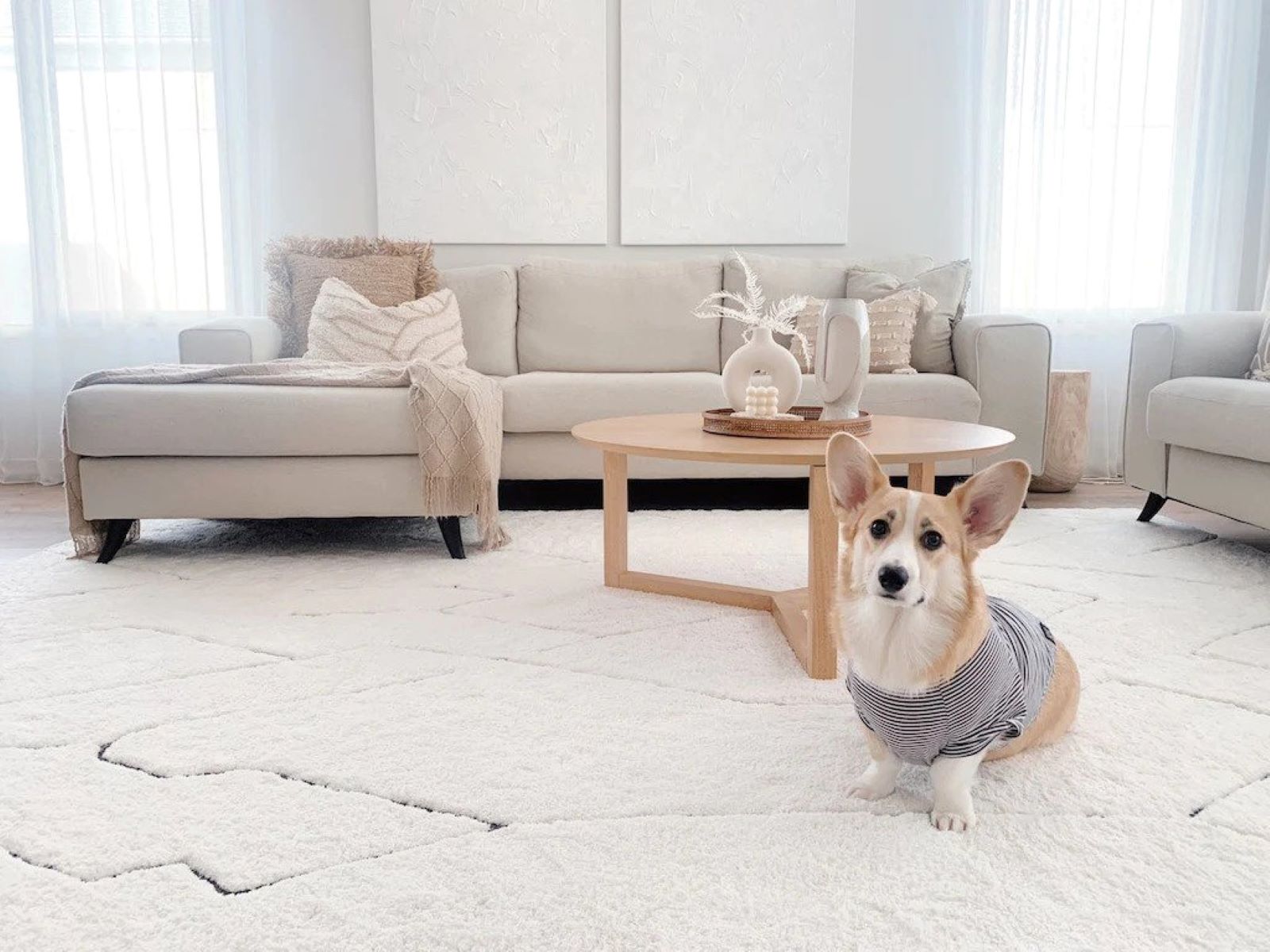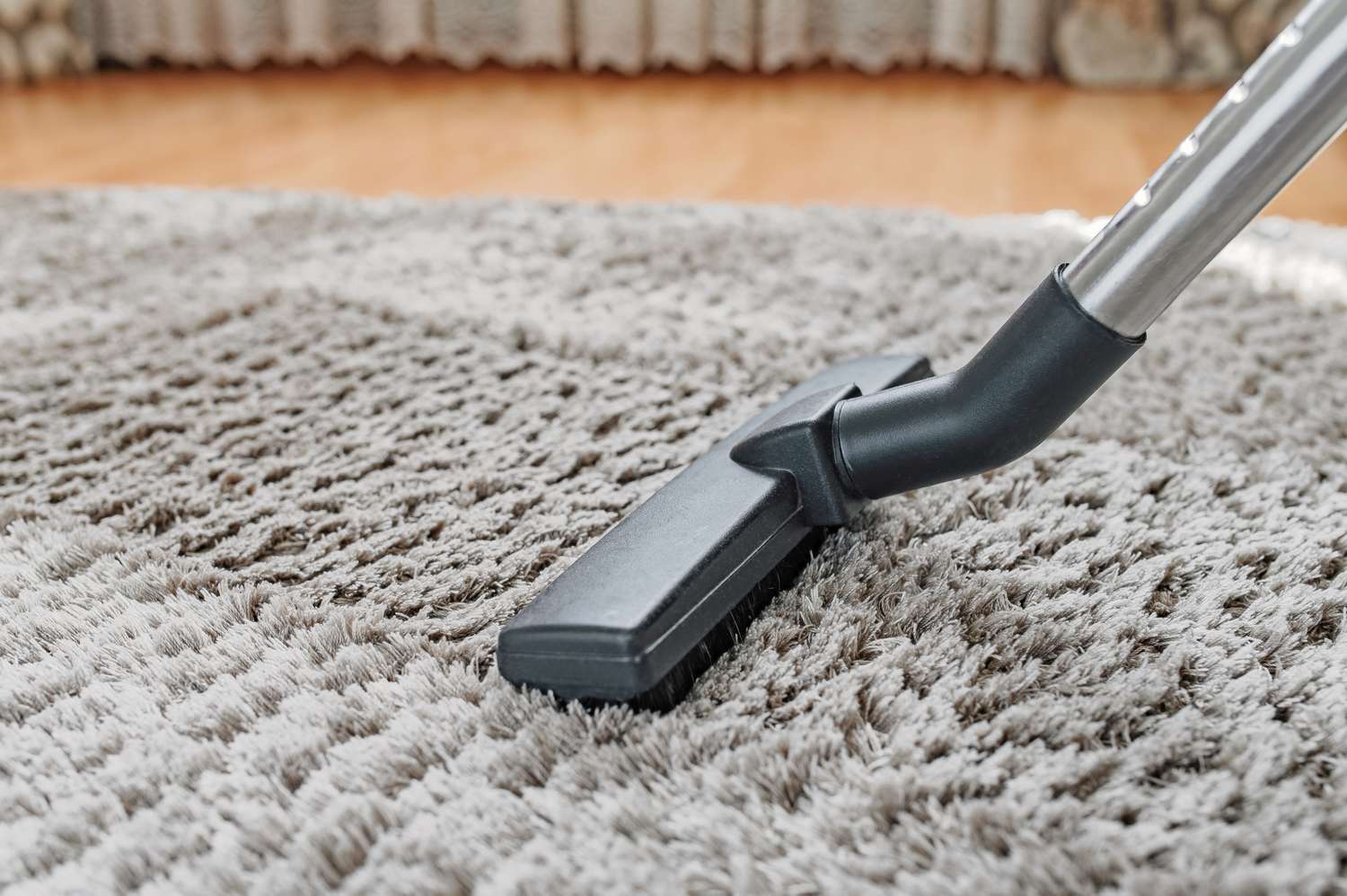

Articles
How To Make My Carpet Soft Again
Modified: September 1, 2024
Learn how to make your carpet soft and plush again with these helpful articles. Revive your carpets and enjoy the ultimate comfort under your feet.
(Many of the links in this article redirect to a specific reviewed product. Your purchase of these products through affiliate links helps to generate commission for Storables.com, at no extra cost. Learn more)
Introduction
Having a soft and plush carpet underfoot can greatly enhance the comfort and coziness of any living space. However, over time, your once soft carpet may start to feel stiff and unpleasant to walk on. This can be a result of various factors such as dirt accumulation, wear and tear, or improper maintenance. But fear not, there are several steps you can take to restore the softness of your carpet and bring back that luxurious feel.
In this article, we will explore effective techniques and tips to make your carpet soft again. We will delve into the causes of a hard carpet, the importance of regular vacuuming and cleaning, the benefits of steam cleaning, homemade carpet softeners, professional carpet softening techniques, the role of carpet padding and underlay, as well as preventive measures to maintain the softness of your carpet.
By following these suggestions, you can revitalize your carpet and create a more inviting and comfortable environment in your home or office.
Key Takeaways:
- Regular vacuuming and cleaning, steam cleaning, and homemade carpet softeners are effective DIY methods to restore carpet softness. Professional carpet softening services and quality padding and underlay also play a crucial role in maintaining plushness.
- Implementing preventive measures such as a no-shoes policy, using entrance mats, and addressing spills promptly can help maintain the softness of your carpet. Regular professional cleaning and protection from direct sunlight are also essential for long-term softness.
Read more: How To Make A Blanket Soft Again
Understanding the Causes of a Hard Carpet
Before we dive into the methods to make your carpet soft again, it’s essential to understand the possible causes of a hard carpet. By identifying the root causes, you can effectively address the issue and prevent it from recurring in the future.
One common factor that contributes to a hard carpet is dirt and debris buildup. Over time, dust, pet dander, and other particles can embed themselves deep into the carpet fibers, making it stiff and less comfortable. Additionally, spills and stains that are not promptly cleaned can lead to residue buildup, further exacerbating the problem.
Wear and tear can also cause a carpet to lose its softness. Heavy foot traffic, furniture dragging, and rough treatment can gradually wear down the carpet fibers, resulting in a harder texture. Similarly, the type of carpet material can play a role. Natural fibers tend to be softer initially but may lose their softness quicker than synthetic fibers.
Improper maintenance practices can also contribute to the hardness of a carpet. Using harsh cleaning products, excessive scrubbing, or neglecting regular cleaning can strip the carpet of its natural softness. Additionally, insufficient drying after deep cleaning or spills can lead to moisture getting trapped in the carpet, creating a stiff and unyielding texture.
Now that we have a better understanding of the causes behind a hard carpet, we can move on to the steps needed to bring back its softness and restore its inviting appeal.
Regular Vacuuming and Cleaning
One of the most crucial steps in maintaining a soft and comfortable carpet is regular vacuuming and cleaning. This helps prevent dirt and debris from accumulating and embedding deep into the carpet fibers.
Start by vacuuming your carpet at least once a week, or more frequently if you have pets or high foot traffic. Use a vacuum cleaner with a rotating brush or beater bar to agitate and lift the dirt from the carpet fibers. Pay special attention to areas near entrances, as they tend to accumulate more dirt.
In addition to regular vacuuming, it’s important to schedule deep cleaning sessions for your carpet. This can be done using a carpet cleaning machine or by hiring professional carpet cleaners. Deep cleaning helps remove the accumulated dirt and grime that regular vacuuming may not be able to reach.
When choosing a cleaning solution, opt for mild and carpet-friendly products. Harsh chemicals can strip the carpet fibers of their natural softness and cause discoloration. Alternatively, you can make your own carpet cleaner by mixing warm water with a small amount of mild dish soap or vinegar.
It’s crucial to ensure that your carpet is thoroughly dried after cleaning. Excess moisture can promote the growth of mold and mildew, and leave your carpet feeling stiff. Open windows, run fans, or use a dehumidifier to aid in the drying process if necessary.
By implementing a regular vacuuming and cleaning routine, you can prevent the accumulation of dirt, maintain the softness of your carpet, and extend its lifespan.
Steam Cleaning for Softening the Carpet
Steam cleaning, also known as hot water extraction, is a highly effective method for deep cleaning and softening your carpet. This process involves using hot water and a cleaning solution to break down dirt, stains, and residue, and then extracting it with a powerful vacuum.
To start, you will need to rent or purchase a steam cleaning machine. These machines can usually be found at home improvement stores or can be rented from professional cleaning companies. It is important to follow the manufacturer’s instructions on how to properly operate the machine.
Before beginning the steam cleaning process, it is recommended to thoroughly vacuum the carpet to remove any loose dirt or debris. This will also allow the steam cleaning solution to penetrate the carpet fibers more effectively.
Prepare the steam cleaner by filling it with hot water and the recommended amount of cleaning solution. It is best to use a carpet-friendly cleaning solution that is safe for your specific carpet type.
Once the machine is ready, begin by working on one section of the carpet at a time. Slowly move the steam cleaner over the carpet, applying the hot water and cleaning solution. Allow the solution to penetrate the carpet fibers and break down any dirt or stains. Use the machine’s suction to extract the solution, along with the loosened dirt and debris.
Be sure to follow a back-and-forth motion while cleaning, overlapping each pass slightly to ensure thorough coverage. Pay extra attention to areas of high foot traffic or stains for a more effective clean.
After completing the steam cleaning process, ventilate the area to expedite the drying process. It is recommended to keep the carpet undisturbed until it is completely dry to avoid any potential damage.
Steam cleaning not only deep cleans your carpet but also helps restore its softness and plushness. This method is particularly effective in removing tough stains, allergens, and odors, leaving your carpet feeling fresh and rejuvenated.
Using Homemade Carpet Softeners
If you prefer natural and budget-friendly alternatives, you can try using homemade carpet softeners to restore the softness of your carpet. These DIY solutions are often made from common household ingredients and can be just as effective as store-bought carpet softeners.
One popular homemade carpet softener is a mixture of vinegar and water. Vinegar acts as a natural fabric softener and can help break down dirt and residue while restoring the softness of the carpet fibers. Mix equal parts vinegar and water in a spray bottle and lightly mist the carpet. Allow it to sit for a few minutes, then blot the area with a clean cloth to lift the dirt and excess moisture.
Baking soda is another versatile ingredient that can be used to soften and freshen up your carpet. Sprinkle a generous amount of baking soda over the carpet and gently work it into the fibers using a soft-bristled brush. Let it sit for a few hours, or overnight if possible, to allow the baking soda to absorb odors and moisture. Vacuum the carpet thoroughly to remove the baking soda and reveal a softer and fresher carpet surface.
If you have essential oils on hand, you can add a few drops to your homemade carpet softeners for added fragrance. Lavender, lemon, and peppermint are popular choices that can help freshen up the carpet and leave a pleasant scent behind.
An alternative softening option is a mixture of fabric softener and water. Dilute fabric softener with equal parts water and pour it into a spray bottle. Lightly mist the carpet with the solution and let it air dry. Be sure to test a small, inconspicuous area of the carpet first to ensure that the fabric softener does not cause any discoloration.
Remember to always spot test any homemade carpet softener on a small, inconspicuous area of the carpet before applying it to the entire surface. This will help you avoid any potential damage or discoloration.
By using these homemade carpet softeners, you can effectively restore the softness of your carpet using natural ingredients that you likely already have in your home.
To make your carpet soft again, try sprinkling baking soda on the carpet, letting it sit for a few hours, and then vacuuming it up. This can help to remove built-up dirt and restore softness.
Read more: How To Make A Sherpa Blanket Soft Again
Professional Carpet Softening Techniques
While DIY methods can be effective, sometimes it’s best to leave the job to the professionals when it comes to softening your carpet. Professional carpet softening techniques utilize specialized equipment and expertise to achieve the best results. Here are some common methods employed by professional carpet cleaners:
1. Hot Water Extraction: Also known as steam cleaning, hot water extraction is a widely used technique by professionals. It involves injecting hot water into the carpet fibers under high pressure and then immediately extracting it along with the dirt and debris. This deep-cleaning method not only removes stains and odors but also helps soften the carpet by loosening and removing embedded dirt and grime.
2. Dry Cleaning: The dry cleaning method involves using specialized cleaning agents and equipment to remove dirt and stains from the carpet without the need for excessive moisture. This technique is ideal for delicate or sensitive carpet fibers that may shrink or become damaged when exposed to water. Dry cleaning services can help refresh and soften your carpet without the hassle of drying time.
3. Encapsulation: Encapsulation is a newer carpet cleaning method that involves the use of encapsulating chemicals. These chemicals surround and encapsulate dirt and debris, forming crystalline particles that can be easily vacuumed away. This process not only cleans the carpet but also leaves a residue that helps keep the carpet fibers soft and pliable.
4. Bonnet Cleaning: Bonnet cleaning is a surface-level cleaning method that uses a rotating brush to agitate the carpet fibers while a cleaning solution is applied. The dirt is absorbed into a bonnet or absorbent pad attached to a machine, leaving the carpet looking cleaner and feeling softer. Bonnet cleaning is suitable for maintaining the appearance and softness of lightly soiled carpets.
Professional carpet cleaners have the experience, knowledge, and equipment to assess your carpet’s specific needs and determine the most effective softening technique. They can tailor their approach based on factors such as carpet material, level of dirt and stains, and any specific concerns you may have.
By opting for professional carpet softening services, you can ensure that your carpet is thoroughly cleaned and restored to its soft and luxurious state.
Carpet Padding and Underlay
When it comes to achieving and maintaining softness in your carpet, the often overlooked factor of carpet padding and underlay can make a significant difference. Carpet padding, also known as carpet cushion, is a layer of material that is placed beneath the carpet during installation.
The primary purpose of carpet padding is to provide cushioning and support for the carpet. It acts as a barrier between the carpet and the subfloor, absorbing impact and reducing wear and tear. Additionally, carpet padding helps to insulate the floor, providing thermal and sound insulation benefits.
Carpet padding plays a crucial role in the overall softness of your carpet. It helps to create a more comfortable and plush feel underfoot, making walking or sitting on the carpet a much more enjoyable experience.
When selecting carpet padding, consider the density and thickness. A higher-density padding will provide more support and cushioning, while a thicker padding will add an extra layer of softness. However, it is important to choose a padding that is compatible with your carpet type and style. Consult with a flooring professional to determine the most suitable option for your specific needs.
In addition to carpet padding, underlay can also contribute to the softness of your carpet. Underlay is a thin layer of cushioning material that is placed between the carpet and the subfloor. It helps to enhance comfort, absorb impacts, and reduce noise transmission.
Similar to carpet padding, underlay is available in various materials and thicknesses. Different types of underlay may offer different levels of softness and support. Some common underlay materials include foam, rubber, and felt. Consider the specific requirements of your space and the level of cushioning you desire when choosing underlay.
By investing in quality carpet padding and underlay, you can enhance the softness and comfort of your carpet while also prolonging its lifespan. The right padding and underlay combination will provide a cushioned foundation for your carpet, ensuring a luxurious and soft feel underfoot.
Preventive Measures to Maintain Softness
Maintaining the softness of your carpet doesn’t stop after you’ve restored its initial plushness. Regular maintenance and preventive measures are essential to ensure that your carpet remains soft and comfortable for years to come. Here are some preventive measures you can take:
1. Implement a No-Shoes Policy: Shoes can track in dirt, debris, and oils that can accumulate in your carpet and make it feel hard and stiff. Encourage family members and guests to remove their shoes at the entrance or provide dedicated indoor footwear to minimize the amount of dirt brought into the space.
2. Use Entrance Mats: Placing durable and absorbent mats at each entrance helps trap dirt and moisture before it reaches your carpet. This reduces the amount of debris that can accumulate within the carpet fibers, helping to maintain its softness and cleanliness.
3. Regular Vacuuming: Make vacuuming a regular part of your cleaning routine. Ideally, vacuum your carpet at least once a week, or more frequently if needed. Regular vacuuming helps remove loose dirt, dust, and debris that can contribute to a hard and gritty texture.
4. Address Spills and Stains Promptly: Promptly treating spills and stains is crucial in maintaining the softness and appearance of your carpet. Blot the spill with a clean cloth or paper towel, and follow with a carpet-safe cleaning solution to gently remove the stain. Avoid harsh scrubbing, as it can damage the carpet fibers and affect its softness.
5. Avoid Direct Sunlight: Prolonged exposure to direct sunlight can cause carpet colors to fade and fibers to become brittle over time. Use curtains, blinds, or UV-blocking window films to protect your carpet from excessive sunlight. This helps preserve its softness and prevents premature aging.
6. Rotate Furniture: Heavy furniture can leave indentations in the carpet, making it feel lumpy and rigid. To prevent this, periodically rotate your furniture to distribute the weight evenly. Placing furniture coasters or carpet protectors under legs can also help prevent permanent damage.
7. Schedule Professional Cleaning: Regular professional carpet cleaning not only keeps your carpet looking its best but also helps maintain its softness. Professional cleaners have access to specialized equipment and solutions that can effectively remove deep-seated dirt and restore the carpet’s soft and luxurious feel.
By incorporating these preventive measures into your carpet care routine, you can prolong the softness and lifespan of your carpet, ensuring a comfortable and inviting environment in your home or office.
Conclusion
Having a soft and luxurious carpet can transform the atmosphere of any room, providing comfort and cosiness underfoot. If your carpet has lost its softness and feels stiff, there are several effective techniques and preventive measures you can use to restore and maintain its plushness.
Regular vacuuming and cleaning are essential for preventing dirt and debris buildup, which can cause the carpet to become hard and unpleasant. Steam cleaning is a powerful method for deep-cleaning and softening your carpet, while homemade carpet softeners offer natural and budget-friendly alternatives.
When DIY methods aren’t enough, professional carpet softening techniques can provide thorough and specialized care, ensuring that your carpet regains its softness and looks its best. Additionally, carpet padding and underlay play a crucial role in maintaining the softness and cushioning of your carpet.
To keep your carpet soft in the long run, implementing preventive measures is vital. These measures include implementing a no-shoes policy, using entrance mats to trap dirt, regular vacuuming, prompt attention to spills and stains, protection from direct sunlight, furniture rotation, and scheduling professional cleanings.
By combining these techniques and preventive measures, you can actively restore and maintain the softness of your carpet, prolonging its lifespan while enjoying the comfort and beauty it brings to your space.
Remember, a soft carpet not only enhances the aesthetic appeal of your home or office but also provides a welcoming and comfortable environment for you and your loved ones. So, take the necessary steps to bring back the softness and enjoy the cozy embrace of a plush carpet.
Frequently Asked Questions about How To Make My Carpet Soft Again
Was this page helpful?
At Storables.com, we guarantee accurate and reliable information. Our content, validated by Expert Board Contributors, is crafted following stringent Editorial Policies. We're committed to providing you with well-researched, expert-backed insights for all your informational needs.
